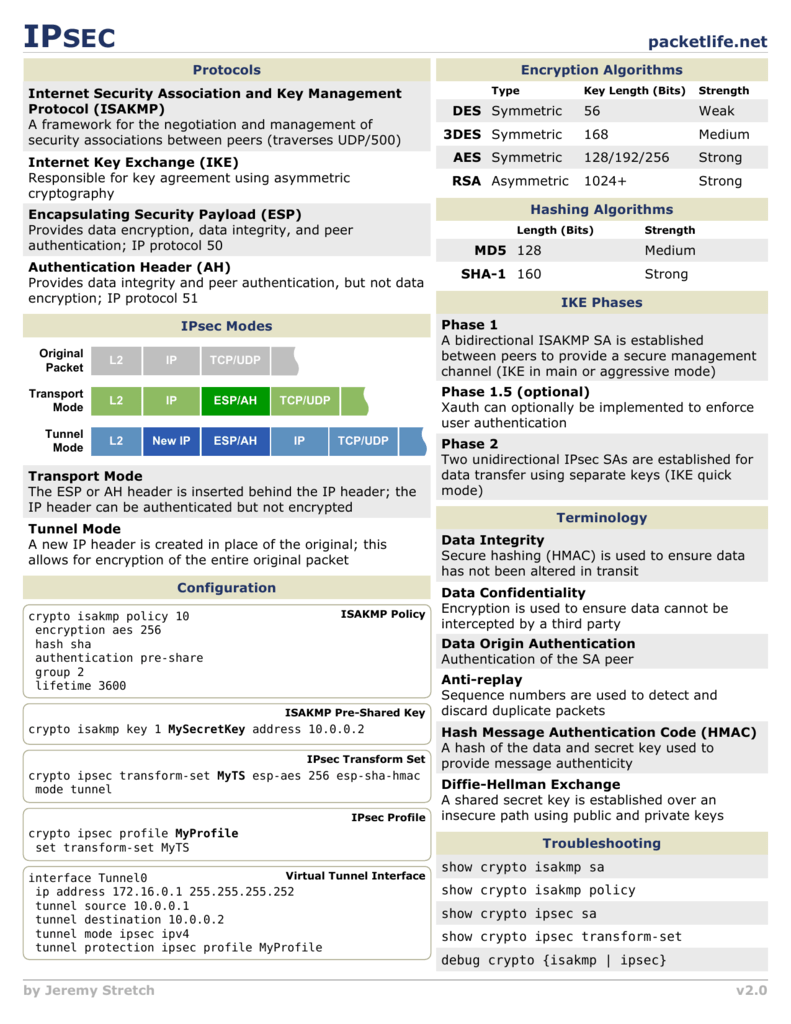Sas Statistics Cheat Sheet. Post author By martin; Post date; Some of sas data help impact and threat had already been experienced and if this continued in current way as a way to have an effect on sas information help international environment in sas data help following way. It may have unpleasant effect on agriculture and standard. Cheat Sheet SAS A00-240 Dumps 100% Pass Guaranteed. CertsTime exam preparation material is available in two different types. One is a PDF document and the other is the practice software. The PDF is basically a document that contains a large number of exam questions and answers.
This article is mostly intended as a quick reference for myself.I cover a very limited subset of uses of various SAS statements and procedures;those which I have been using more or less repeatedly.
Libname documentation
Proc importdocumentation.
Remark: if nothing works, an easy way out is to use the import wizard (File -> Import Data).The generated command can then be saved in a file and inspected or modified. Rpg maker mz - cyber city: exterior tiles for mac.
CSV Files
Dbf files
INSEE dataset for instance
MS Access databases
Sas dataset from directory
To import C:pathtodirTable1.sas7bdat.

For someone who has been programming, SAS macros can feel very unintuitive.They are very much the tell-tale sign that the SAS language has been designedfor statisticians, not for developpers nor computer scientists.The easiest way to think reason about them is to think about the macro systemof the C preprocessor: SAS macro are mostly working as a text replacement tool,with some quirks.
Simplest macro:
Without variables, it is as simple as it gets.

With a loop
Variables, including loop variables, can be accessed with the &var. syntax.The loop syntax is close to for-loops in the usual languages.Documentation.
With parameters
As previously, we use the &var. syntax to access the content of a variable.
Using externally defined macro variables
This is a bit more tricky. Assume you want to loop through the columns in a table.One way to do it is to define macro variables with convenient names, convenientmeaning indexable.
The data _null_ statement allow one to operate without creating a dataset which isthe default behaviour.The symput('varname', v) function assigns a value v to a variable called 'varname'.In the loop body, we then use the usual &var. syntax to access the loop variable value.However, we are not done: we need to further resolve Colname&i. to what we have definedin the data step.For this, we use the &&var1&var2. syntax, meaning 'first resolve var2 to its value, thenresolve the resulting expression.The process as I figure it out in my mind is the follwing:&&Colname&i. -> &&Colname1 -> &Colname1. -> 'ID'.
The sgplot procedure is fairly easy to use and flexible enough for most purposes.The only catch which has turned up to be utterly annoying is how the order of categoricalvariables is handled. I could not get it right even when sorting the data.The axescommand documentation is very useful.
Series for plotting lines
A simple example for theseriescommand.
A more complex example with groups, formats, custom colors and a legend.
Band for range of values
This one is very handy for plotting min - max values.
Vbar for vertical barplots.
Most of the options forvbarare valid forhbar.
Grouping data:
Sas Macros Cheat Sheet
Density to visualize 1-D distributions
Sgplot'sdensityis very simple to use.
A useful alternative is proc univariate'shistogram statement.
Aim assist clips. Is a free accessibility tool to help people with difficulty performing various mouse actions such as right click or double clicking. Click Assist is not dwell click software, this is designed for individuals who can left click but need assistance with the other functions of a computer mouse. How it works: Simply select a mouse action from the Click Assist toolbar and press the left mouse.
Plotting maps is a bit more involved so I wrote a dedicated article:Plotting maps in SAS.
Proc formatcan be helpful in various cases beyond the obvious usage. Here are some samples.
Defining intervals for numerical values
Getting a summary about missing values
Writing the results of a query in a macro variable.
Datalines statement for making dummy datasets
To celebrate the first anniversary of Statistical Programming with SAS/IML Software, you can now download the SAS/IML tip sheets (also called 'cheat sheets') that I created for the book. At conferences, SAS Press displays these tip sheets next to my book. They have been very popular.
Download these SAS/IML cheat sheets and print them in landscape mode on both sides of a legal-sized (8.5 x 14 inches) piece of paper. Fold the paper in half twice to get a compact pamphlet.

There are two tip sheets:
Sas Proc Cheat Sheet
- IML Tip Sheet: This presents functions and code snippets that are used often in SAS/IML programming
- IMLPlus Tip Sheet: This presents classes and features that are available to users of the SAS/IML Studio product. SAS/IML Studio is distributed as part of the SAS/IML environment. See previous posts for a description of the IMLPlus language.
Enjoy!
